Elderflower Drinks
The flowers of the elder tree are great for making beverages, alcoholic or nonalcoholic. Elderflower beverages have a unique taste and flavour, and are very appreciated by anyone who tried them.
There are a few great elderflower drink recipes, internationally known, that tastes great, are easy to make, and they are all natural and very healthy. Most of Europe’s countries make variants of elderflower drinks, some of the recipes are elderflower Cordial, lemonade, wine, champagne, and liqueur. The most famous drink is probably the elderberry liqueur St. Germain, an artisanal French liqueur.
What Is Elderberry Tree? – Elder Tree
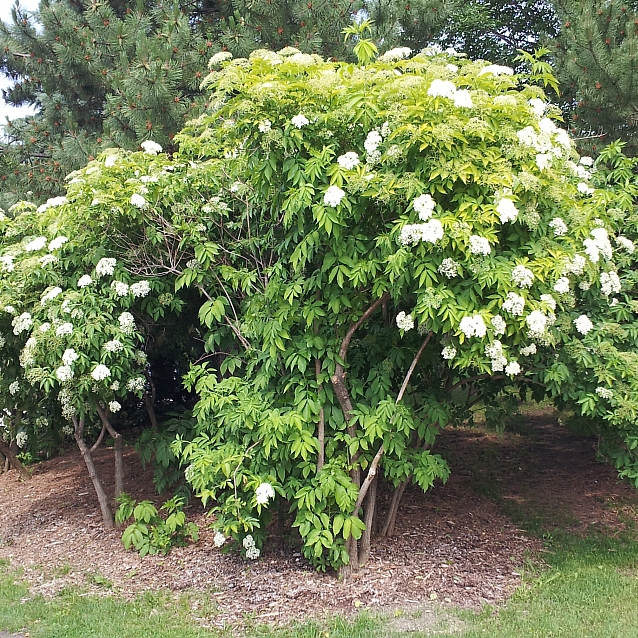
Elderberry tree is either a tree, or a shrub, with the scientific name Sambucus nigra. It grows in the warmer parts of North America and Europe, and in various other parts of the world.
The North American and European shrubs have the flowers delicately scented, and they are traditionally used for making elderflower drinks. The shrub also makes dark-blue/blackberries, which are edible when are ripe, but are toxic if not fully ripe.
I grew up in Romania, and during early summer elderflower lemonade was one of the most appreciated beverages in my family. The European elderberry tree is used in the popular medicine, the flowers and the berries being used equally. The dark coloured berries are delicious in jams, syrups, or macerated as a medicine. The flowers are used for herbal tea, or for preparing delicious drinks.
Imagine my pleasant surprise when I saw elderberry shrubs in my adoptive country, Canada. The ones in Europe have stronger perfumed flowers, but the North American elder trees are not bad either. They are a subspecies of the Sambucus nigra, and the scientific name is Sambucus Canadensis. The trick with the elder shrubs in my area, the Ottawa region, is to smell the flowers of the trees. Some trees have flowers that have a stronger fragrance than others. Make a little map with these trees and only pick flowers from the ones with the more fragrant flowers.
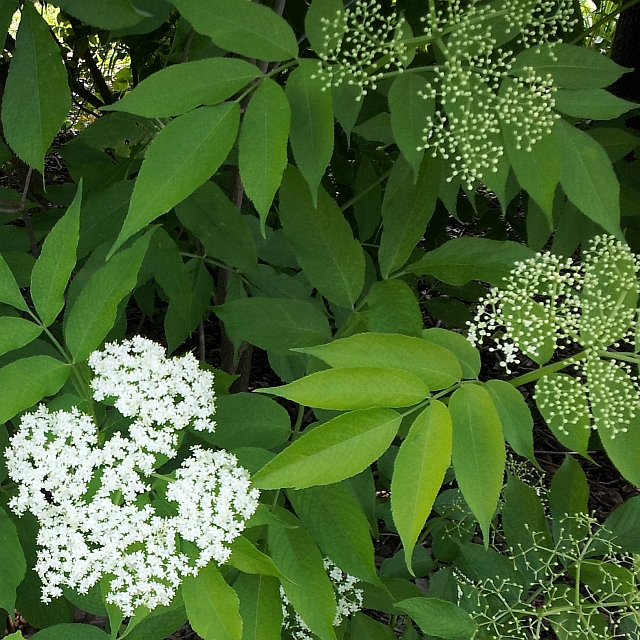
How To Pick up the Elderflowers?
The elderflowers are best picked up on a warm and dry day. The flowers are the best when they just started to open and there are still unopened buds. If you gather them later in the season, when all the buds are already opened, the little flowers will fall when you pick them from the tree.
The best flowers are the ones in the shade, they are more fragrant, but if you have a good nose, you can smell them one by one, and only take the fragrant ones. At the end of the day, you want to leave some flowers for your berry production later in the summer.
It is best to use the flowers as soon as you picked them up, otherwise their delicate scent will fade away. After you prepared your beverage, if you have some left flower heads, put them on a paper to dry, they make a great herbal tea which is great during winter for treating colds and flu.
Dried Wine Yeast
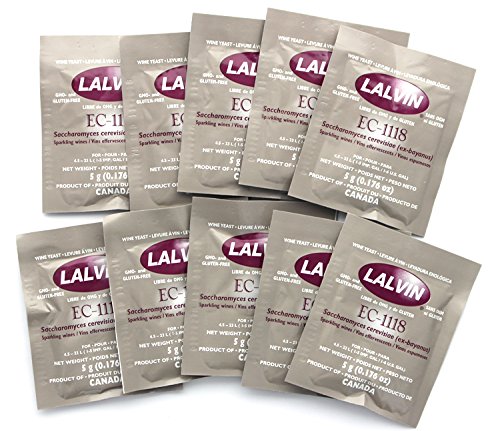
Lalvin Wine Yeast EC-1118 10pk
This is a great wine yeast, and it is a good starter for your elderflower drink. You don’t absolutely need it, but if you have a cold weather, it’s better to use yeast. For the stronger, alcoholic drinks this is a must. Buy Now
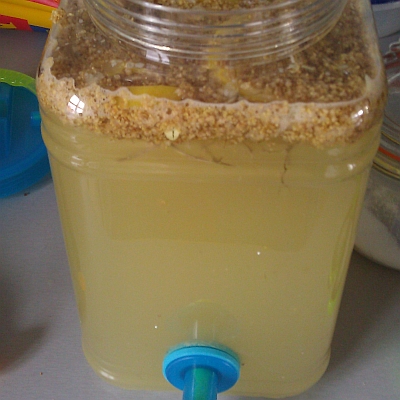
Elderflower Lemonade Recipe
How to Make Elderflower Lemonade
Elderflower Lemonade traditional fizzy drink made by fermenting honey, or refined sugar, elderflowers, and lemons in a water base. The drink is a non-alcoholic drink if you put it in the fridge after about four days. However, if you let it ferment more, the sugar will turn into alcohol. I grew up with this stuff, and in Romania the Elderflower Lemonade is called “Socata”, (soc means elder tree in Romanian).
For a 5 liters, (1.3 gal) batch of elderflower lemonade, you will need:
- 500 gr sugar, (1.1 lbs),
- 5 L water, (1.3 gal)
- 5-10 big elderflower heads, (I always put more than that)
- 3-5 lemons, or 2 lemons and 2 limes.
- 1/2 cup live natural vinegar
Here are the instructions to brew it:
- Bring the water to boil in a large pot, add the sugar and boil for another few minutes.
- Complete the evaporated water up the 5 liters, and bring it to boil again.
- Let the syrup cool off until it reaches around 40 – 50 degrees Celsius.
- In the meantime, cut one of the lemons in slices and juice the other ones.
- Add the juice and the lemon slices to the warm water, and then the flowers.
- You can transfer the mix in large glass jars, if you have. Otherwise you can use the large pot covering it with a lid, as I did.
- This mix will ferment faster if you add a little wine or apple cider vinegar, non-pasteurized. Do not try to use pasteurized vinegar, it won’t work, and it might even destroy your beverage.
- Alternatively, you can add some good quality wine yeast.
- After 4 or more days, you beverage is ready, the drink becomes slightly fizzy. Strain it, pour it in bottles, and store it in the fridge. Drink it in the next few days, or it will ferment more, even in the fridge, and it will become wine.
We always encourage our readers to make good food choices. The best is wild fermentation, since the brew will have more beneficial bacterial strains, than a controlled fermentation brew. There are specific Lactobacillus strains on many foods, and wild fermentation is one of the best ways to get a variety of probiotics in your diet.
I usually do not add any fermentation aid, but it will take longer to start the fermentation, and you need to ensure a warm environment. There aren’t any domestic fermentation equipment to accommodate larger batches, so you will have to figure out a way to ensure minimum 104 °F for your cultures.
Dried Elderflowers
Dried elderflowers are great for any fermentation project you might have, can be used for winemaking, for champagne. Some of the elderberry flower is sold as herbal tea, but you can use that for fermentation. The package can make about 4 gallons of wine or champagne. Buy Now
How To Make Elderflower Cordial
Elderflower Cordial Recipe
Elderflower cordial, is a very popular soft drink in the UK, and can be served diluted with water, or added to fruit salads, or to sparkling wine. You can make ice cubes from it and add to your water during hot summers, or just eat them as is, frozen. The elderflower frozen cubes can be also used in cocktails as a flavoring agent.
The elderflower cordial is a much more concentrated drink than the lemonade, and it can be kept for longer times, either frozen, or with citric acid as a preservative.
For a 2 liters batch, (1/2 gallon), you need 25 – 30 elderflower heads, 2 lbs sugar, (1 kg), 3 lemons and one orange.
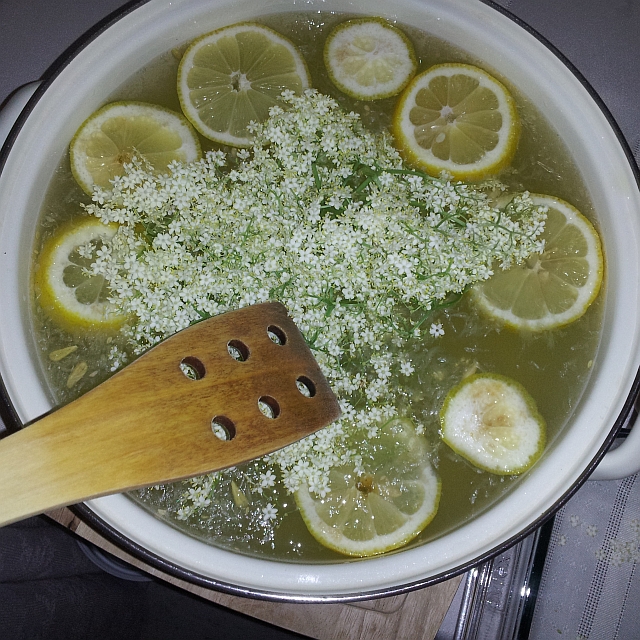
Instructions:
- Bring to boil 1.5 litres of water, (6 1/2 cups), and the sugar, stirring to dissolve the sugar.
- Remove from heat and add the elderflowers and the zest from the orange and the lemons.
- Cover as airtight as possible, and let it to infuse for a day.
- Next day strain the liquid through a cheesecloth folded in two, or four.
- Pour in a pan a small quantity of the syrup, and the juice from the lemons and the orange, and bring it to simmer. Cook for a couple of minutes and then let it cool.
- When the syrup in the pan is cooled off, mix it with the rest of the syrup, and transfer into bottles.
If kept in the fridge, you can drink the cordial for about 6 weeks. Add a tablespoon of citric acid, as a preservative, and you can keep it even longer. You can freeze it in cube trays and it will last longer.
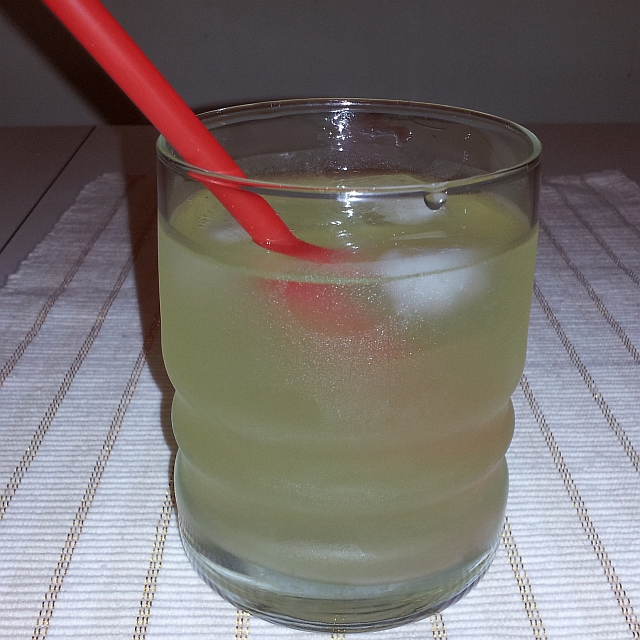
How To Make Elderflower Wine, and Champagne
Sparkling Elderflower Wine and Wine Recipe
The base for either wine, or champagne is the elderflower lemonade. For both of them you need to use wine yeast to help the fermentation.
When you make elderflower champagne, (it is in fact sparkling elderflower wine), the yeast will speed up and enhance the fermentation process. You need about 1 tablespoons of dry wine yeast for each gallon of liquid. The sparkling wine will be ready to be transferred in bottles after four days. The liquid needs to be sparkling when transferred, if it doesn’t have enough “fizziness”, let it ferment for another day. When it’s ready, use thick walled bottles, and champagne stoppers.
To obtain a sweeter version of the sparkling wine transfer it in the fourth day, if you like a dry champagne, let it ferment a bit more.The wine making is a bit more complicated, you need special wine equipment.
Tips and Tricks for Elderflower Drinks
All elderflower drinks are made by steeping the flowers in liquid, (water, or syrup), they are made with lemons, (or a combination of lemons and other citrus fruits), and a lot of sugar. There are a few tips you need to know to get a great end result.
- Using honey instead of sugar is probably the healthiest choice. Use slightly less honey than sugar, the ratio is about 4 teaspoons honey for 5 teaspoons sugar.
- When adding sliced lemons to your brew, make sure that you don’t add too many, or the lemon peel will overpower the delicate flavor of the flowers. The same goes for the recipes with citrus zest.
- When adding citrus juice to your brew, add lemon juice as the base, and lime and orange juice for a better taste. You can even add lime and orange slices, that will replace some of the lemon slices.
- Fresh elderflowers are available just during the season, they can be replaced by dried flowers, either picked by you, or you can buy the on Amazon here.
- The steeping will retain the best flavors if the water is not hot. Many recipes ask for boiled water, but I prefer longer steeping in colder water, or syrup.
- The fermentation will help the brew, and will add fizziness to your drink. Usually, in warm temperature conditions, and if you add a little “live” apple cider vinegar to the mix, a nonalcoholic drink is ready after four days. After four days, the more you let the brew to ferment, the more alcoholic will be. Make sure you don’t give it to your kids, if it fermented for a week.

